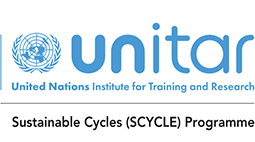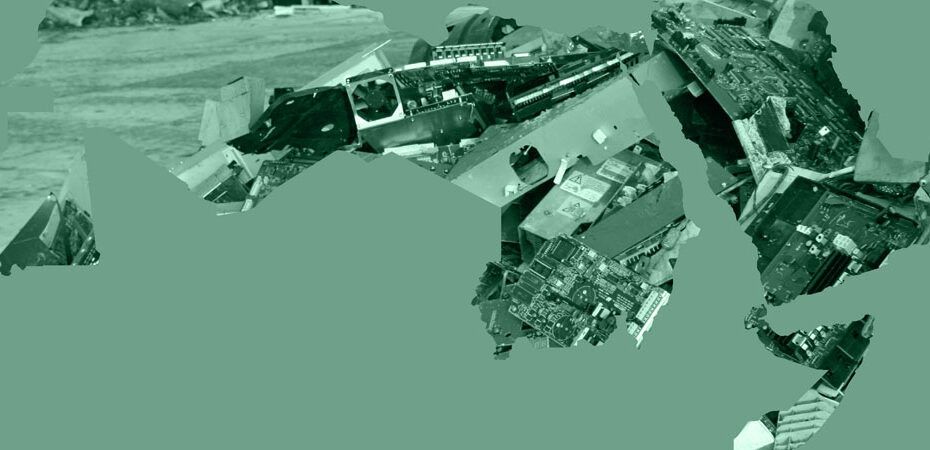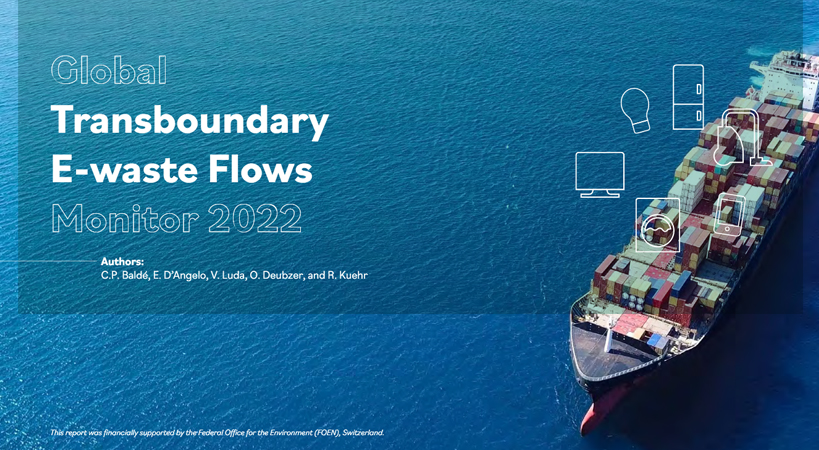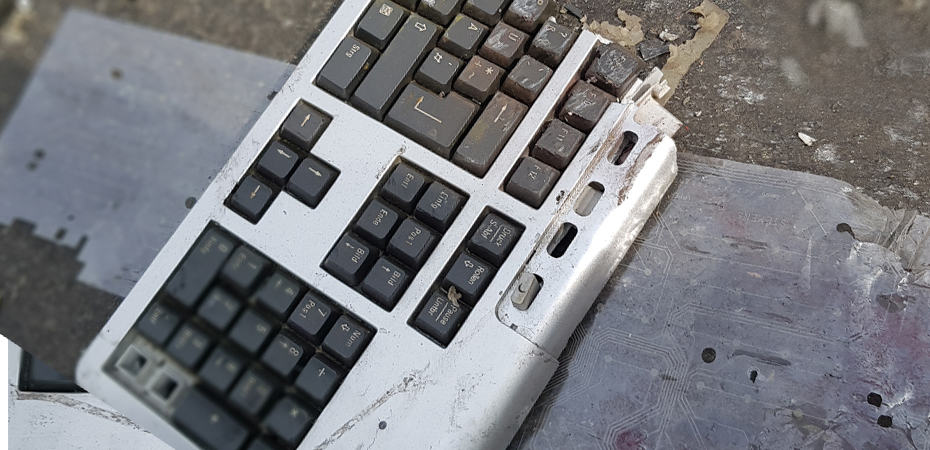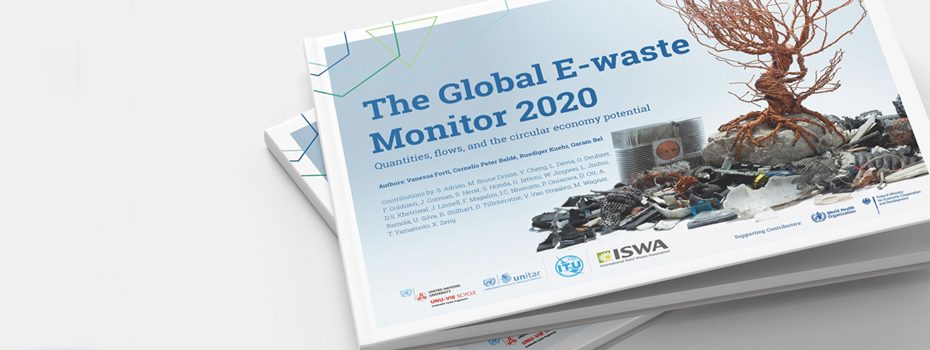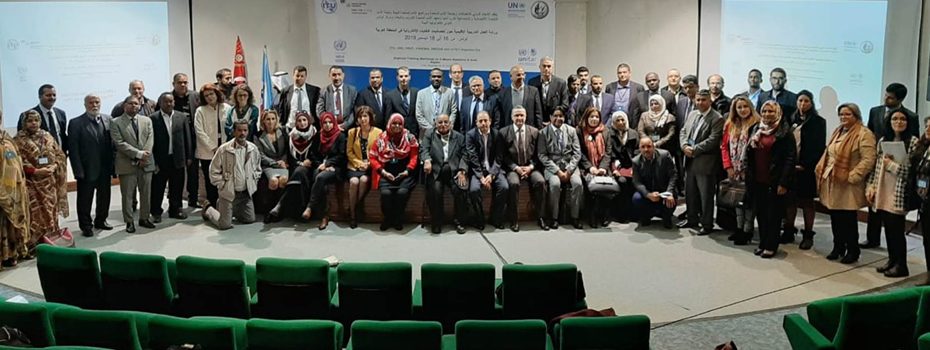The Regional E-waste Monitor for the Arab States 2021
2 years ago Ruediger Kuehr Comments Off on The Regional E-waste Monitor for the Arab States 2021
The Regional E-waste Monitor for the Arab States 2021 provides an assessment of statistics, legislation, and management infrastructure of e-waste in Algeria, Bahrain,Comoros, Djibouti, Egypt, Iraq, Jordan, Kuwait, Lebanon, Libya, Mauritania, Morocco, Oman, The State of Palestine, Qatar, Saudi Arabia, Somalia, Sudan, Syrian Arab Republic, Tunisia, the United Arab Emirates and Yemen. The e waste generation in the region increased by 61 per cent from 1.8 Mt (4.9 kg/inh) in 2010 to 2.8 Mt (6.6 kg/inh) in 2019. The largest e-waste generator is Saudi Arabia, with 595 kilotons (kt) (or 13.2 kg/inh) of e-waste, while the lowest is Comoros (0.6 kt, or 0.7 kg/inh), which reflects the vast diversity of the region. The Arab States collected and managed a total of 2.2 kt (0.01 kg/inh) of e-waste in 2019, which equates to a collection rate of 0.1 per cent. This takes place in Jordan, the State of Palestine, Qatar and the United Arab Emirates. Egypt has seven licensed treatment facilities for e-waste, but it was unable to provide official data on the amount of e-waste collected and managed. No specific e-waste legislation is in place in any State in the region.
 The 2050 Electronic and Electrical Waste Outlook in West Asia provides projections for Bahrain, Iraq, Jordan, Kuwait, Lebanon, Oman, State of Palestine, Qatar, Saudi Arabia, Syrian Arab Republic, United Arab Emirates, and Yemen – 99.9% of electrical and electronic waste equipment (e-waste) is currently unmanaged or mismanaged. The future of e-waste management in West Asia is assessed for two contrasting scenarios. The Business as Usual scenario represents present-day consumption, lifespans, and recycling behaviours, extrapolated to 2050. Alternatively, the Circular Economy scenario assumes that products become more durable, are shared and reused more, and are managed in an environmentally sound manner when becoming e-waste. A transition toward a circular economy approach will have positive impacts on both the reduction of 33 per cent electronic and electrical equipment placed on the market, 14 per cent less e-waste generation and an estimated total of 130 t of gold, 5 t of rare earth metals, 17 Mt of iron and steel, and many other materials could be recycled between 2020 and 2050.
The 2050 Electronic and Electrical Waste Outlook in West Asia provides projections for Bahrain, Iraq, Jordan, Kuwait, Lebanon, Oman, State of Palestine, Qatar, Saudi Arabia, Syrian Arab Republic, United Arab Emirates, and Yemen – 99.9% of electrical and electronic waste equipment (e-waste) is currently unmanaged or mismanaged. The future of e-waste management in West Asia is assessed for two contrasting scenarios. The Business as Usual scenario represents present-day consumption, lifespans, and recycling behaviours, extrapolated to 2050. Alternatively, the Circular Economy scenario assumes that products become more durable, are shared and reused more, and are managed in an environmentally sound manner when becoming e-waste. A transition toward a circular economy approach will have positive impacts on both the reduction of 33 per cent electronic and electrical equipment placed on the market, 14 per cent less e-waste generation and an estimated total of 130 t of gold, 5 t of rare earth metals, 17 Mt of iron and steel, and many other materials could be recycled between 2020 and 2050.
Simultaneously, a larger proportion of hazardous materials and greenhouse gases will be managed in an environmentally sound manner, leading to mitigated emissions of up to 6 t of mercury, 60 t of cadmium, and 53 Mt CO2-eq. It is estimated that roughly 225,000 full-time equivalent jobs would be created for repair of used EEE and collection and pre-treatment of e-waste.
